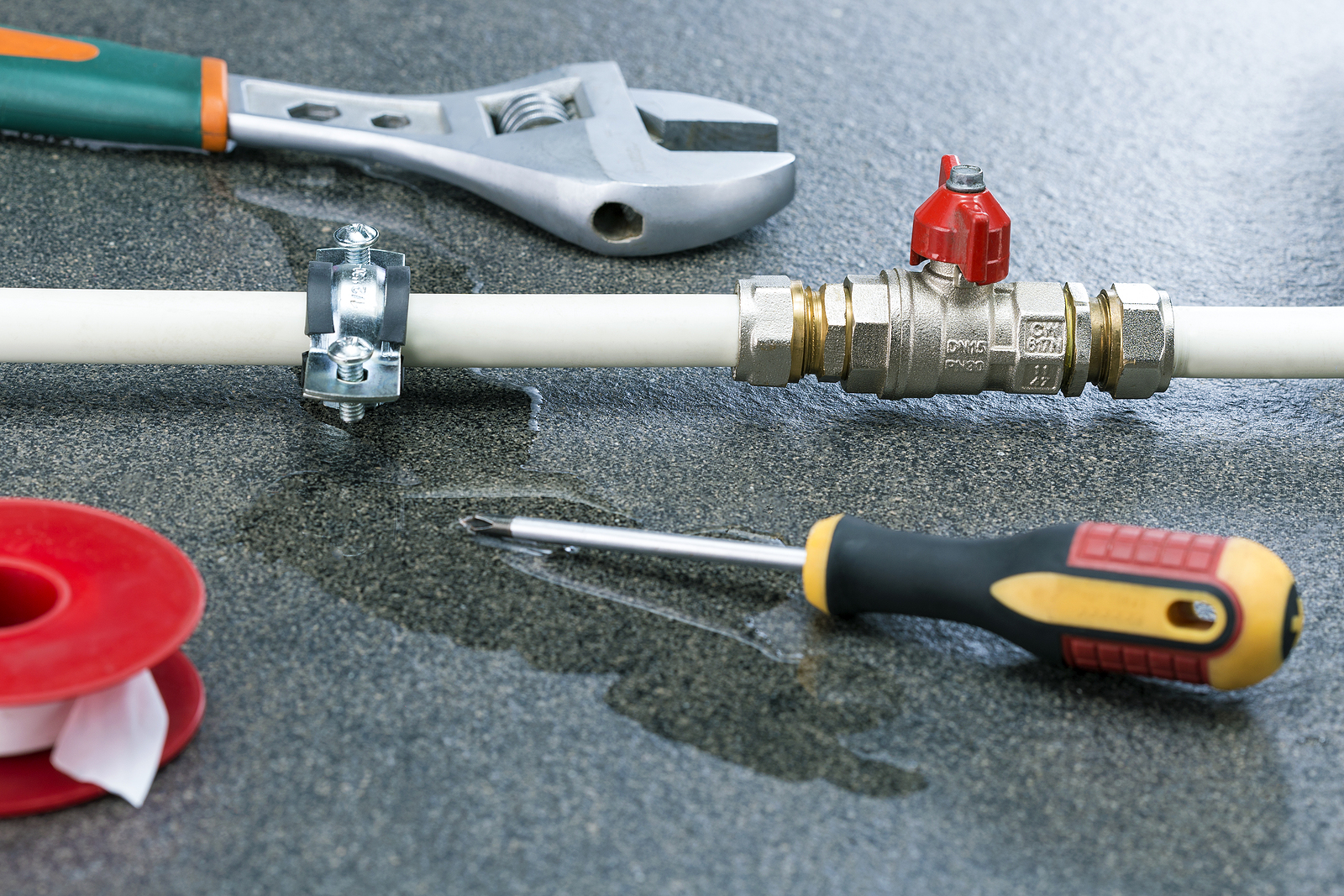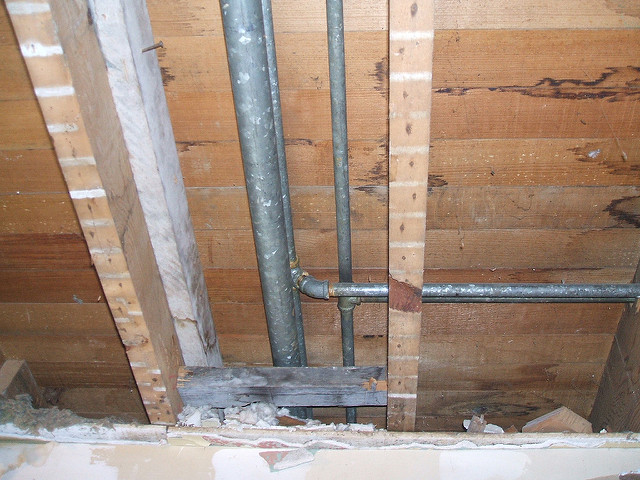6 Ways to Locate Surprise Water Leaks in Your Home
6 Ways to Locate Surprise Water Leaks in Your Home
Blog Article
The content which follows involving Detecting hidden plumbing leaks is exceptionally insightful. Don't overlook it.

Early discovery of dripping water lines can mitigate a prospective catastrophe. Besides conserving you money, it will certainly reduce the worry as well as frustration. The minute you discover a leakage, calling your plumber for fixings is the most effective service. Some little water leaks might not be visible. If you can not spot it with your naked eyes, below are some hacks that aid.
1. Analyze the Water Meter
Inspecting it is a surefire means that assists you uncover leakages. If it relocates, that suggests a fast-moving leakage. This implies you may have a sluggish leak that could even be below ground.
2. Examine Water Consumption
If you identify abrupt changes, regardless of your consumption being the exact same, it indicates that you have leaks in your plumbing system. A sudden spike in your bill indicates a fast-moving leak.
A constant increase every month, even with the very same practices, reveals you have a slow-moving leakage that's additionally gradually intensifying. Call a plumber to completely examine your residential property, specifically if you really feel a warm location on your floor with piping below.
3. Do a Food Coloring Test
30% comes from toilets when it comes to water usage. Test to see if they are running correctly. Decrease flecks of food shade in the container and wait 10 minutes. If the shade in some way infiltrates your dish during that time without flushing, there's a leakage between the container and also bowl.
4. Asses Exterior Lines
Don't neglect to check your outside water lines also. Should water seep out of the link, you have a loose rubber gasket. One tiny leakage can throw away loads of water and also increase your water expense.
5. Examine and also Examine the Situation
Home owners should make it a behavior to inspect under the sink counters and also inside cupboards for any kind of bad odor or mold development. These two warnings indicate a leak so prompt focus is called for. Doing routine examinations, even bi-annually, can conserve you from a major problem.
If you know your home is already old, keep a watchful eye on your heaters, hoses, pipes and so on. Check for discolorations and damaging as most appliances and also pipes have a life span. They will certainly also naturally degrade because of deterioration. If you believe dripping water lines in your plumbing system, don't wait on it to rise. Call a professional plumber immediately so you don't wind up with a terrible mess in your home.
Early detection of dripping water lines can minimize a prospective catastrophe. Some little water leakages might not be noticeable. Examining it is a surefire way that aids you find leaks. One tiny leak can waste lots of water as well as spike your water bill.
If you suspect leaking water lines in your plumbing system, don't wait for it to rise.
WARNING SIGNS OF WATER LEAKAGE BEHIND THE WALL
PERSISTENT MUSTY ODORS
As water slowly drips from a leaky pipe inside the wall, flooring and sheetrock stay damp and develop an odor similar to wet cardboard. It generates a musty smell that can help you find hidden leaks.
MOLD IN UNUSUAL AREAS
Mold usually grows in wet areas like kitchens, baths and laundry rooms. If you spot the stuff on walls or baseboards in other rooms of the house, it’s a good indicator of undetected water leaks.
STAINS THAT GROW
When mold thrives around a leaky pipe, it sometimes takes hold on the inside surface of the affected wall. A growing stain on otherwise clean sheetrock is often your sign of a hidden plumbing problem.
PEELING OR BUBBLING WALLPAPER / PAINT
This clue is easy to miss in rooms that don’t get much use. When you see wallpaper separating along seams or paint bubbling or flaking off the wall, blame sheetrock that stays wet because of an undetected leak.
BUCKLED CEILINGS AND STAINED FLOORS
If ceilings or floors in bathrooms, kitchens or laundry areas develop structural problems, don’t rule out constant damp inside the walls. Wet sheetrock can affect adjacent framing, flooring and ceilings.
https://www.servicemasterbyzaba.com/blog/how-to-detect-water-leakage-in-walls/

I discovered that page about Leaking water lines when doing a search on the internet. For those who enjoyed reading our blog post please do not forget to pass it around. Thank you so much for taking the time to read it.
Report this page